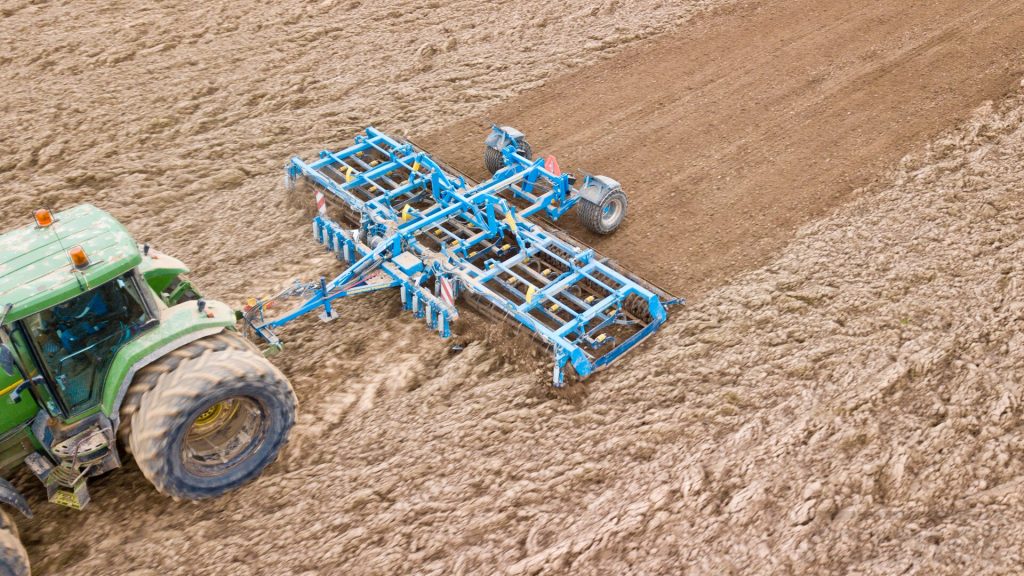What are the 4 methods of land preparation?
At the heart of any successful crop production lies the art of land preparation. Whether you’re a seasoned farmer or an enthusiastic beginner, understanding the best land preparation methods can make all the difference in the world when it comes to yield, profitability, and overall success. In this article, we will delve into the four most essential methods of land preparation, exploring the pros, cons, and tips for each one.
4 methods of land preparation
1. Plowing
One of the oldest and most common methods of land preparation is plowing. This involves using a plow to turn over and loosen the soil, creating a fresh bed for seeds or seedlings. Plowing is particularly effective in breaking up compacted soil, allowing for better water infiltration, root growth, and nutrient uptake.
While plowing has many benefits, it also has its downsides. One of the main challenges of plowing is that it can disturb soil structure, leading to erosion, nutrient loss, and decreased soil fertility over time. Additionally, plowing can be time-consuming, expensive, and requires specialized equipment and expertise.
Tips for effective plowing include choosing the right time of year (usually in the spring or fall), ensuring the soil is dry enough for plowing, and avoiding over-plowing or under-plowing.

2. Disking
Disking is another popular method of land preparation that involves using a disk harrow to break up and level the soil. Disking is typically less disruptive than plowing and can be done at a shallower depth, making it ideal for creating seedbeds for small grains, legumes, and vegetables.
One of the main advantages of disking is that it can help control weeds by uprooting and burying weed seeds in the soil. Additionally, disking can help increase soil porosity and aeration, improving soil structure and drainage.
However, disking also has its drawbacks. It can be less effective than plowing in breaking up compacted soil, and it can still cause some soil disturbance and erosion. Disking also requires specialized equipment and expertise, and it can be time-consuming and expensive.
Tips for effective disking include using the right type and size of disks, choosing the right time of year, and avoiding over-disking or under-disking.

3. Tilling
Tilling is a more intensive form of land preparation that involves using a power tiller to break up and turn over the soil. Tilling is typically used for creating garden beds or small plots, rather than large fields.
One of the main benefits of tilling is that it can create a fine, smooth seedbed that is ideal for planting small seeds or seedlings. Tilling can also help control weeds by uprooting and burying weed seeds, and it can improve soil aeration and drainage.
However, tilling also has some significant drawbacks. It can be very disruptive to soil structure, leading to erosion, compaction, and decreased soil fertility over time. Tilling can also be time-consuming and physically demanding, and it requires specialized equipment and expertise.
Tips for effective tilling include using the right type and size of tiller, choosing the right time of year, and avoiding over-tilling or under-tilling.

4. No-Till
Finally, no-till is a relatively new and increasingly popular method of land preparation that involves planting directly into untilled soil. No-till relies on specialized equipment, such as a no-till planter or drill, to place seeds or seedlings directly into undisturbed soil.
One of the primary advantages of no-till is that it can help preserve soil structure and organic matter, reducing erosion and improving soil fertility over time. No-till can also be more efficient and cost-effective than traditional tillage methods, and it can help reduce greenhouse gas emissions by minimizing the use of fossil fuels and the release of carbon stored in the soil.
However, no-till also has its challenges. It can be more difficult to control weeds and pests without the use of herbicides or pesticides, and it may not be suitable for all crop types or soil conditions. No-till also requires specialized equipment and expertise, and it may not be feasible for smaller-scale operations.
Tips for effective no-till include using the right equipment and techniques for your specific crop and soil type, managing weeds and pests through integrated pest management (IPM) strategies, and practicing crop rotation and cover cropping to maintain soil health and fertility.

In conclusion, the four methods of land preparation – plowing, disking, tilling, and no-till – all have their pros and cons, and choosing the right method depends on a variety of factors, including soil type, crop type, climate, equipment, and expertise. By understanding the benefits and drawbacks of each method and following best practices for each one, farmers and growers can maximize their yields, profits, and overall success.

Hello
Good time
The article was informative and useful.